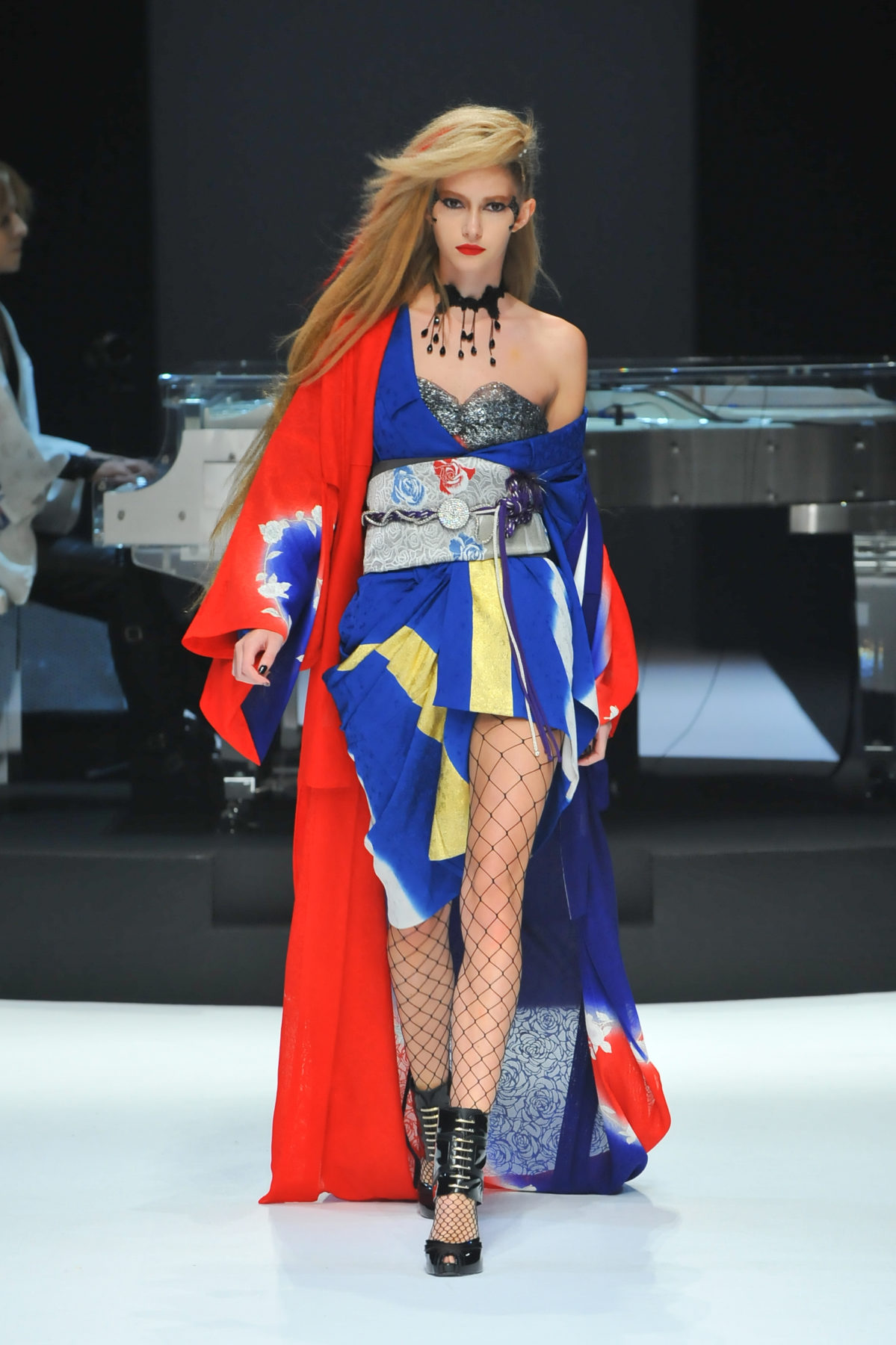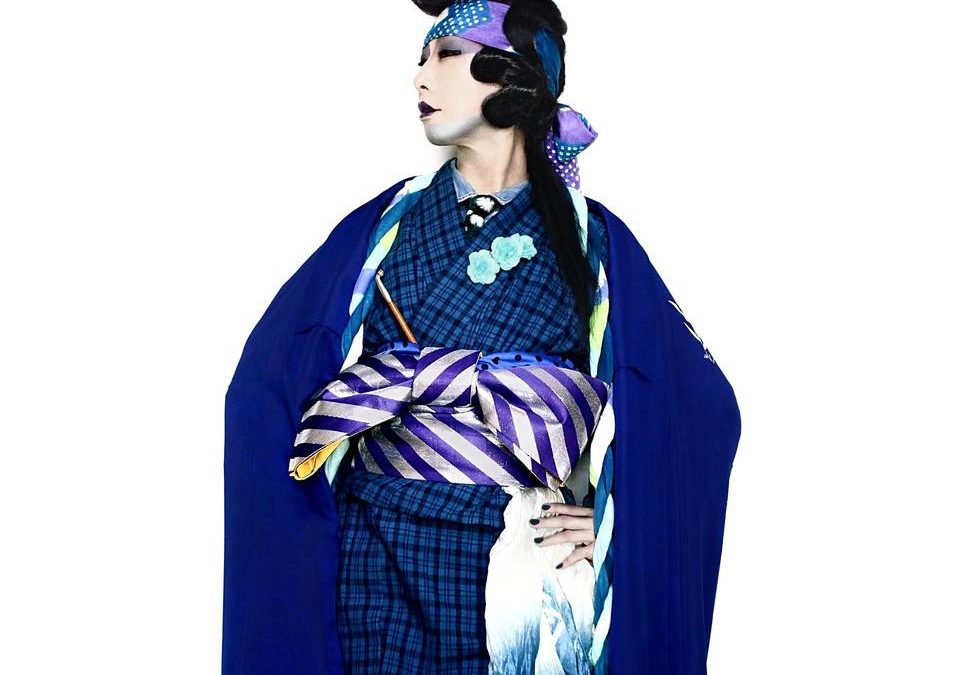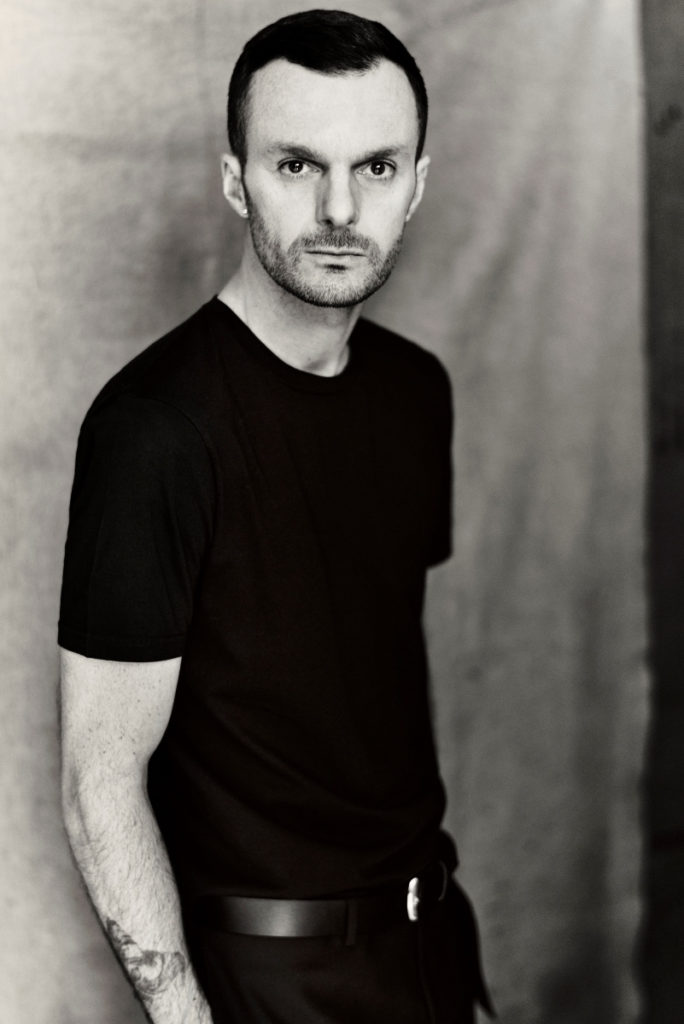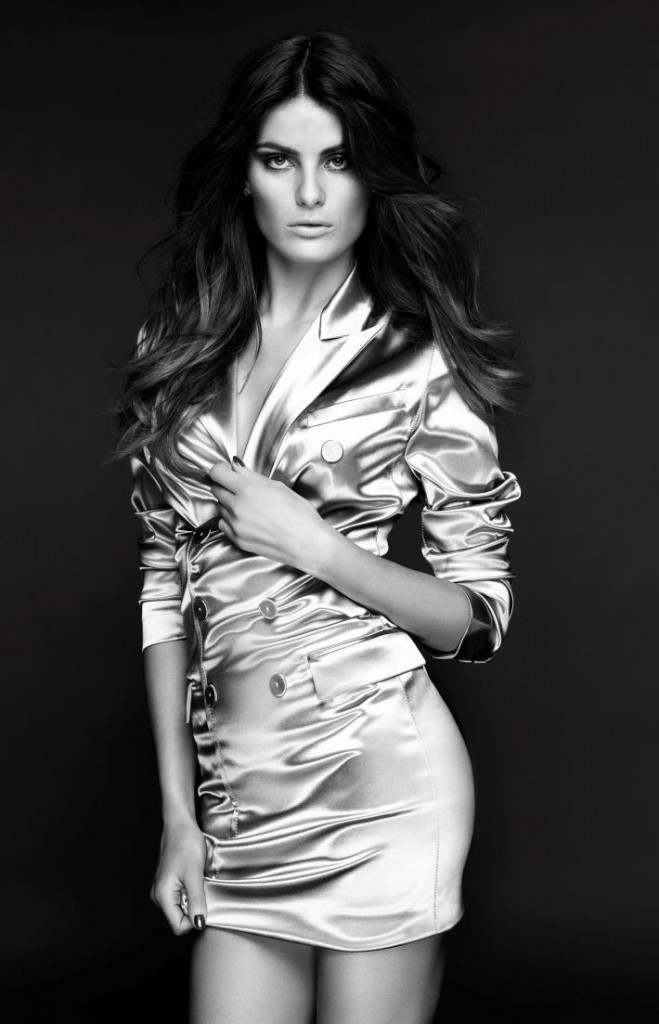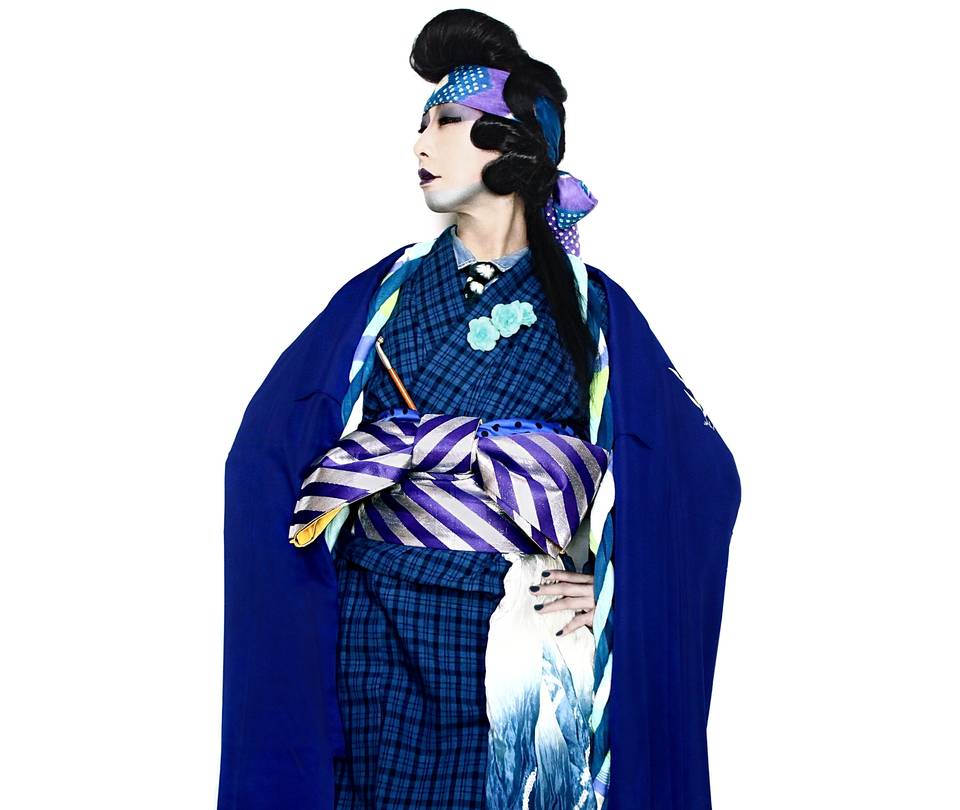
THE V&A WELCOMES ‘KIMONO: KYOTO TO CATWALK’
By Alice Butterlin
Known for its countless breathtaking fashion exhibitions, London’s V&A is back with a show on one of the world’s most mysterious and coveted garments: the kimono. A symbol of the Edo era in Japan, the kimono has transcended multiple centuries and is still relevant today, from the Fashion Week runways to the streets. Traditional, timeless, but also a blank canvas for the expression of new ideas and styles. We had the opportunity to take an exclusive trip inside this new exhibition, guided by Anna Jackson, the Deputy Keeper of the Asian Department at the V&A and the curator of this unprecedented show.
We start off exploring the roots of the kimono and its historic social significance since its creation in the seventeenth century. In a dimly lit space with moss green walls, bamboo shoots and subtle Japanese-style architecture, exquisite archive pieces from the 1700s are presented next to more recent kimono ensembles from Jotaro Saito or John Galliano. Hung on T-shaped stands, the kimonos look like works of art, unveiling intricate drawings of flowers, psychedelic waves or scenes of daily life. Contrary to European or American fashion, the kimono isn’t cut according to the body and even ignores it altogether, leaving the clothing speak for itself. Details like heavy embroidery, printing techniques or extreme minimalism subtly give away the eras they were conceived in. We’re amused to discover one with embroidered characters taken from a 9th-century poem; a way for a woman to demonstrate her taste in literature like she would wear a band t-shirt today. Back in the eighteenth century, the kimono is much more than just a garment, it is an expression of oneself.
We move on to the late nineteenth century when Japanese fashion is starting to infiltrate the whole world. Stores like Liberty & Co in London sell imported kimonos to the British elite who wish to demonstrate their eclectic taste. The singular boxy shape is also a big inspiration for European designers like Paul Poiret and Madeleine Vionnet who abandon tight corsets for a looser draped style. Their crossover pieces represent a significant turning point in Japanese-infused fashion and the new shapes that were created from that marriage. Japan also benefited from the buzz, creating pieces exclusively meant for foreign clients.
A stunning round room decked in mirrors and candy-colored kimonos serves as a transition to access the last part of the exhibition, an open door into contemporary fashion and how it incorporates Japanese culture into avant-garde pieces. Galliano for Dior, Ishikawa Narutoshi, Thom Browne, Yohji Yamamoto and many more, give their own perspective to the kimono, whether deconstructed, fetishized or surreal. Cinema and performance also played a crucial role in the kimono’s imagery and we were excited to discover original costumes from Star Wars, a Madonna music video and Memoirs of a Geisha. It’s also the occasion to see a piece by Yoshikimono, a brand created by X Japan drummer Yoshiki Hayashi. The rock star turned designer is very influenced by music – in particular glam metal and hard rock – and aims to modernize the traditional kimono, refreshing its image with a punk attitude.
Kimono: Kyoto to Catwalk, from February 29 through June 21. More info here.
